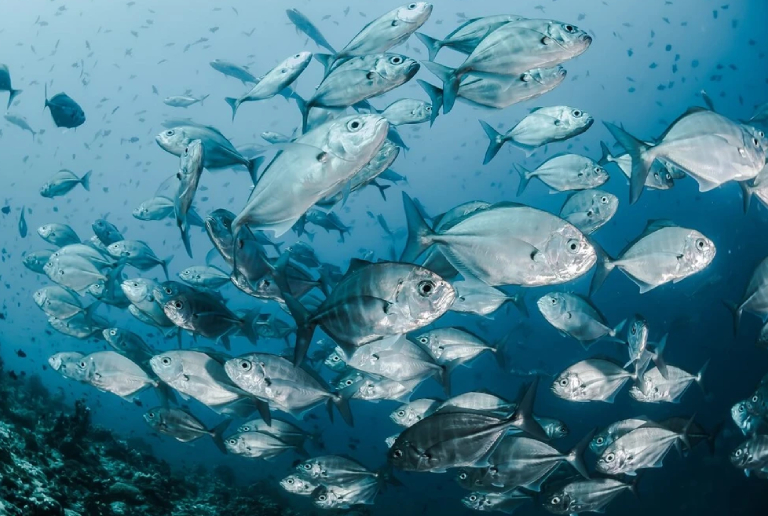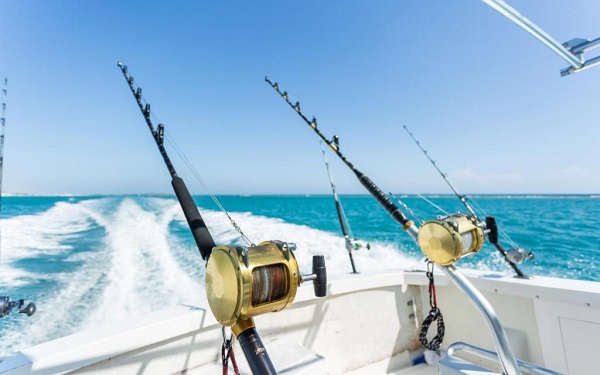
What is sustainable fishing?
Sustainable fishing is sensible fishing. It involves the act of leaving enough fish in the ocean, keeping habitats intact while ensuring that people whose livelihoods depend on fishing are unaffected.
Deep-sea fishing today is an industry that thrives in billions of money. The industry itself is driven by the ever-increasing demand for sea-food around the world. This global greed for sea-food has depleted nearly 70% of the world’s fish stocks. Fishing is not done just to satisfy the needs of the consumer. It is a competition- a race.
Mindless overfishing has disturbed the delicate ecosystem of the oceans. This puts the survival of many species under question. Fish stocks need to be replenished and protected. That is why sustainable fishing is crucial. Here’s a look at some of the sustainable fishing practices:
Know More About : Fishing Methods For Tench
Sustainable fishing methods
Purse seining
Purse seining is an effective method that uses FADs or fishing aggregated devices. These devices are designed to trap only targeted species of fish. Proper use of FADs ensures that other species are not unnecessarily caught.
Wire mesh traps
Traps are ingenious methods to guide fish into boxes or nets that are placed near the water surface. The fish are then collected in a holding tank. Wire mesh traps lie on the seafloor and collect the fish that come into it.
Longlining
Longlining involves the use of extremely long central fishing lines that are equipped with smaller hooks that are attached at intervals and are used for baiting. Tuna is the main target species for fisheries that use longline methods. Longlining effectively reduces the fishing of other species.

Trolling
Trolling is done by expert fishermen who catch each fish individually and toss them onto the moving boat. Several anchorlines are attached to the backend of the boat with a hook and bait. Fish that are caught are reeled in and tossed onto the boat where they are collected and stored in holds.
Harpooning
Largely used to catch whales, seals and bigger sea mammals, harpoons now used to catch large species of fish. A harpoon is a large spear or barb that is fired from a gun targeting only one fish at a particular time.
Strict measures for sustainable fishing
While the above mentioned sustainable fishing methods are effective in reducing overfishing or fishing of unnecessary species, the fishing industry must also make conscious efforts to prevent damage to the ecosystem, minimize pollution and allow local fishermen to survive on their trade.
Some measures must be implemented all over the world to implement sustainable fishing:
- Industries should use lead-free tackle and lead-free sinkers for fishing. Lead is extremely harmful for not only the fish, but also for the sea birds and other birds of prey that eat the fish.
- Fishing is targeted at catching plentiful species and rare species must be allowed to thrive and grow.
- Unsustainable fishing practices like shark finning and whaling must be banned.
- Use of FDAs must be enforced. Dredging is another damaging fishing practice that must not be allowed.
- Lastly, nothing must go to waste. Fish are precious resources. The inedible parts can be turned into compost and used as garden manure.




